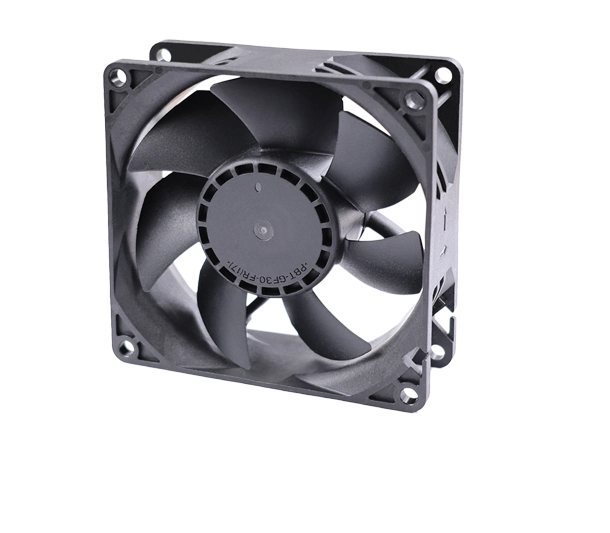
In the realm of vegetables, convenience products play a significant role in meeting the needs of modern consumers. These products offer convenience, time-saving benefits, and ease of use. In this article, we will delve into the three types of convenience products in relation to vegetables, providing valuable insights into their characteristics, benefits, and examples.
- Pre-cut and Pre-packaged Vegetables:
Pre-cut and pre-packaged vegetables are a popular convenience product that caters to the fast-paced lifestyles of many individuals. These products are meticulously prepared, saving consumers time and effort in the kitchen. They are typically washed, peeled, and cut into various shapes, such as cubes, slices, or julienne, ready to be used in cooking or salads. The advantages of pre-cut and pre-packaged vegetables include:
- Time-saving: Consumers can skip the time-consuming process of washing, peeling, and cutting vegetables, allowing for quick meal preparation.
- Convenience: These products are readily available in grocery stores, making it easy for consumers to incorporate fresh vegetables into their diet.
- Reduced waste: Pre-cut and pre-packaged vegetables often come in portioned sizes, minimizing food waste and ensuring freshness.
Examples of pre-cut and pre-packaged vegetables include pre-washed salad mixes, stir-fry vegetable blends, and diced butternut squash.
- Frozen Vegetables:
Frozen vegetables are another type of convenience product that offers a longer shelf life and flexibility in meal planning. These vegetables are harvested at their peak freshness and then quickly frozen to preserve their nutrients and flavor. The benefits of frozen vegetables include:
- Extended shelf life: Frozen vegetables can be stored for an extended period, allowing consumers to have a variety of vegetables on hand without worrying about spoilage.
- Nutritional value: Freezing vegetables helps retain their essential vitamins and minerals, ensuring a nutritious addition to meals.
- Versatility: Frozen vegetables can be easily incorporated into a wide range of dishes, from soups and stews to stir-fries and pasta.
Examples of frozen vegetables include peas, corn, broccoli florets, and mixed vegetable medleys.
- Vegetable-based Convenience Products:
In recent years, there has been a surge in vegetable-based convenience products that cater to specific dietary preferences and lifestyles. These products are often innovative and offer alternatives to traditional vegetable forms. Some notable examples include:
- Vegetable noodles: Spiralized vegetables, such as zucchini or sweet potato noodles, provide a low-carb and gluten-free alternative to traditional pasta.
- Veggie burgers: Plant-based patties made from vegetables, legumes, and grains offer a vegetarian or vegan option for burger lovers.
- Vegetable chips: Thinly sliced and baked vegetable chips provide a healthier alternative to traditional potato chips.
Conclusion:
Convenience products have revolutionized the way we consume vegetables, providing time-saving options and catering to diverse dietary needs. Pre-cut and pre-packaged vegetables, frozen vegetables, and vegetable-based convenience products offer practical solutions for busy individuals and those seeking innovative alternatives. By understanding the three types of convenience products in relation to vegetables, consumers can make informed choices and enjoy the benefits of convenience without compromising on quality or nutrition.
